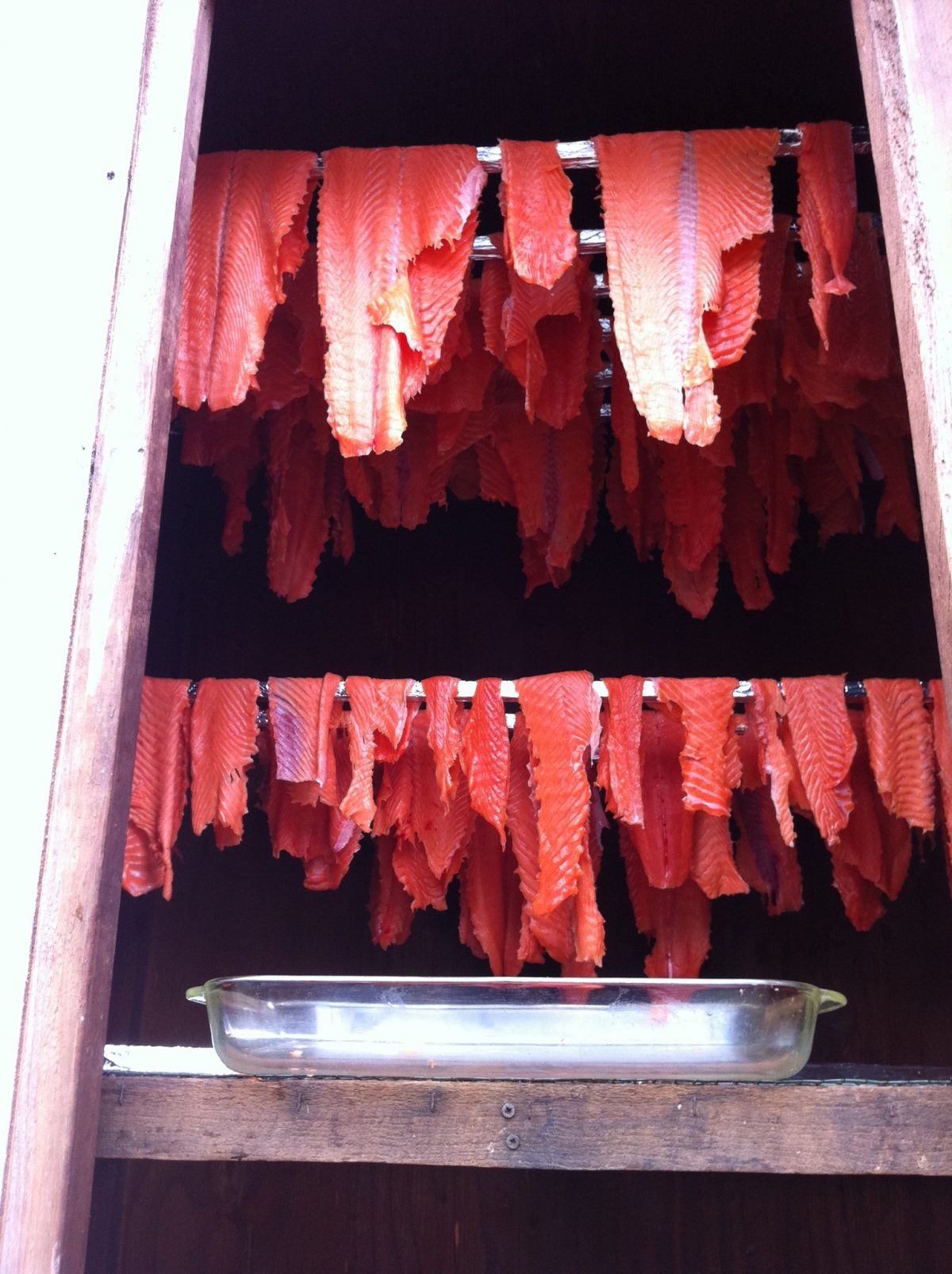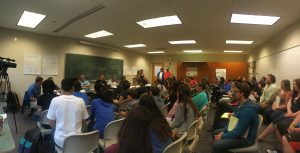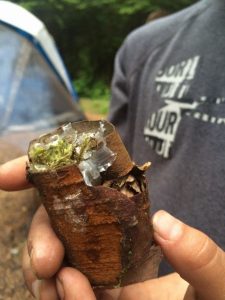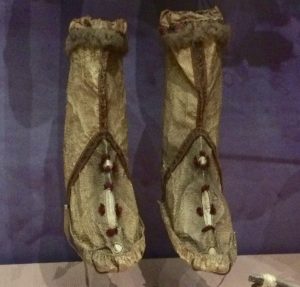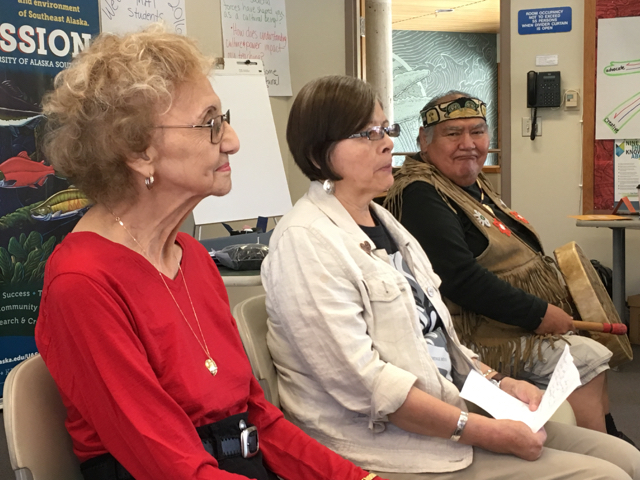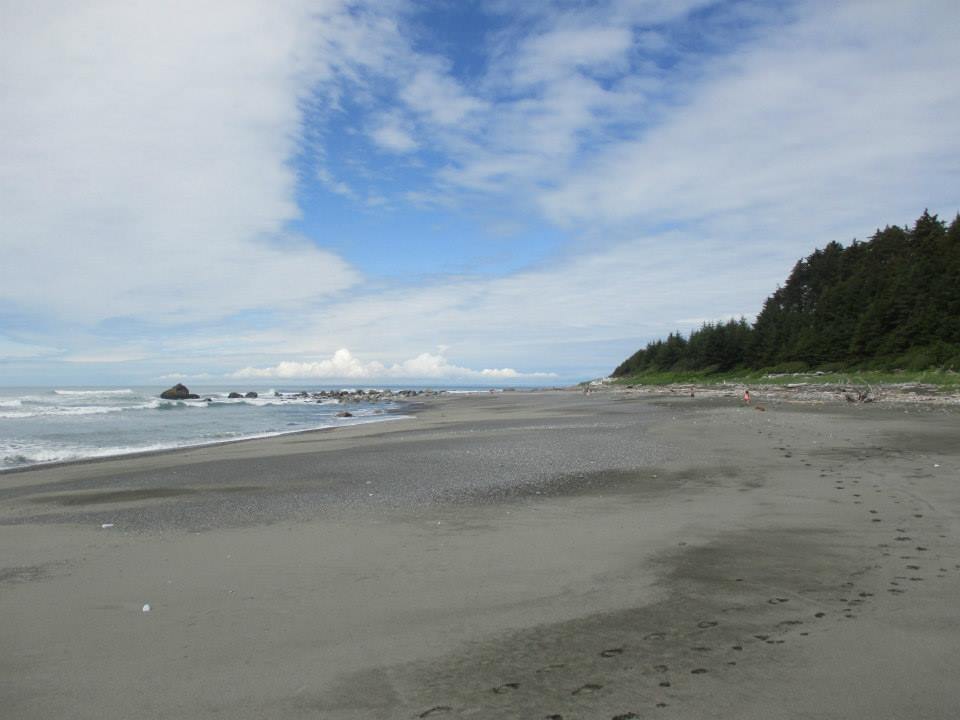Lesson Plan Ideas…
My lesson plan idea stems from a personal interested in the science of subsistence fishing. I would love to do a whole unit on all things salmon from learning about salmon life cycles, fish management and stream surveys, fish anatomy and traditional subsistence (the science of smoked fish). I have been attempting to incorporate this into High school summer academy for a few summers now and am thrilled at the opportunity to bounce ideas off this cadre. The problem is choosing just one idea and lesson to start with!
- Intended audience? Alaska region – grade, course, etc.
Southeast Alaska Region, high school or middle school biology/ecology/life science class.
- About how much class time to do this lesson?
One class session (or all summer) with some pre-reading/watching.
- What’s the essential question? (is there one?)
“How do humans have an impact on the diversity and stability of ecosystems?”
“Are ecosystems healthy enough to provide resources and essential services?”
“Should the state of Alaska/Federal Government regulate subsistence fishing?”
- What source material would students use (include a link or example).
- Subsistence Research in Alaska: A Thirty Year Retrospective. Polly Wheeler and Tom Thornton
- Haa Atxaayí Haa Kusteeyíx Sitee, Our Food is our Tlingit Way of Life. Excerpts from Oral Interviews. Richard G. Newton and Madonna L. Moss. USDA Forest Service Alaska Region R10-MR-50 May 2009 revision
- Resiliency among the Salmon People in the Yukon Delta http://ed.ted.com/featured/Vs2D6GfT
- Alaska History and Cultural studies: http://www.akhistorycourse.org/geography/enduring-understandings-and-essential-questions
- A brief explanation of “what are the kids going to do?”
TED Ed video & essential questions to establish background knowledge and start conversations in smaller groups. Have groups share their view, compare and contrast. Or… Set up a mock civil dispute trial regarding subsistence fishing. Provide several testimonies which reflect different perspectives and opinions regarding subsistence rights, including those in fish management, fish and game, local indigenous peoples, commercial fishermen, environmentalists, etc.
